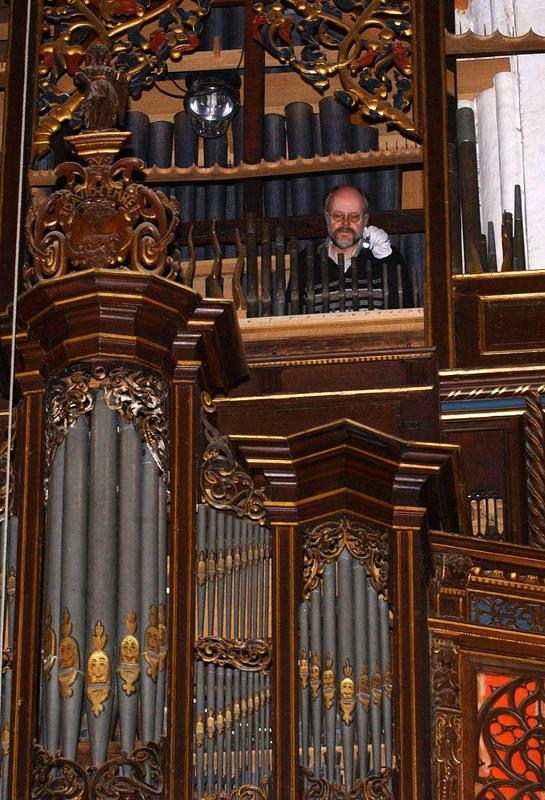
The spa town of Rogaška Slatina is best known for its curative waters and its glassmaking tradition. It’ss less well-known for being the home of a small workshop that has become one of Europe’s leading makers of pipe organs.
The workshop is owned by Anton Škrabl. More than a century afo, several high-profile Slovenian makers of pipe organs became known throughout Central Europe. The craft, however, had been in decline since World War II, and Škrabl had to acquire his skills in Germany. After Slovenia’s independence, he helped to set up a church-run organ making workshop in Maribor. Not long afterwards, the founded his own workshop in Rogaška Slatina.
Today, it is one of the largest organ making facilities in Europe. It employs approximately 60 people, from woodcarvers and metalworkers to waxes and – significantly – musical experts.
Some 200,000 parts are used for each pipe organ. The team’s individual approach to each instrument has made the workshop among the most respected in the world. It sells its organs to countries from Portugal and the UK to Russia and Bosnia. A few have even been sold to the United States, Nigeria, and Korea.
Some of their designs are classical, based on design that have evolved over the centuries. Others feature computers and the latest technology. All, however, are made with great care, a fact that is reflected in their price: the most sophisticated cost 300,000 euros or more.
All the company’s organs are made in Slovenia. At a time when many factories are moving to countries with cheaper labor, Škrabl’s workshop relies on skill acquired over many years, and is therefore likely to remain a Slovenian success story for years to come.


































































